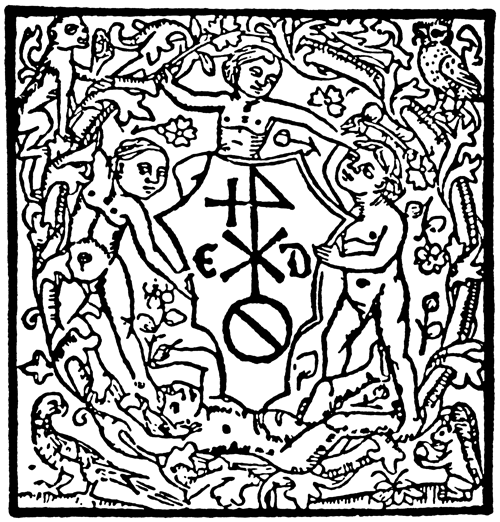Ouvrage



Chanteloup, the Renaissance garden of the Villeroys
An initiation to Humanism
|
John Brinckerhoff (J.B.) Jackson Book Prize 2023 |
78,00$US
Ajouter au panier
62,40$US
Ajouter au panier
93,60$US
Ajouter au panier
Titre :
Chanteloup, the Renaissance garden of the Villeroys
Sous-titre :
An initiation to Humanism
Année :
2022
Pages :
352
Collection :
Ars Longa
ISSN :
2235-1361
Numéro :
9
Support :
Livre broché
ISBN-13 :
978-2-600-06230-5
Support :
PDF
ISBN-13 :
978-2-600-16230-2
Support :
Livre broché + PDF
ISBN-13 :
978-2-600-26230-9
- Présentation
- Sommaire
- Presse et annexes gratuites
- Présentation
- Sommaire
- Presse et annexes gratuites
